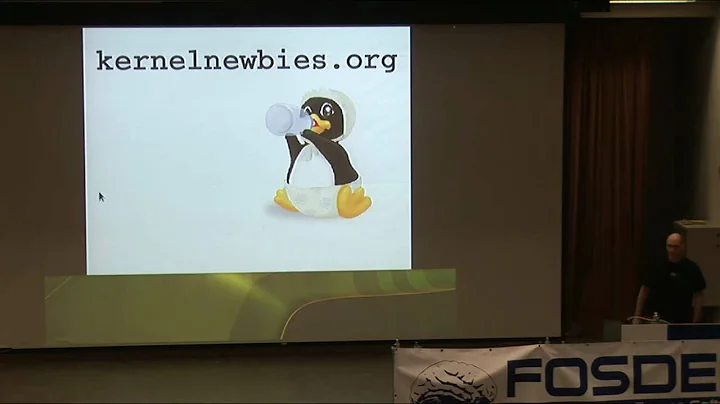What is the purpose of patches of the linux kernel?
Solution 1
The purpose is to save lots of traffic.
The Linux tarball is around 75MB, whereas the patches usually just have a few KB.
So if you compile your own kernel, and update to each new minor version the day it is released, instead of redownloading a new 75MB tarball for each minor update, you just download (for example) the main tarball for a given version once and then the patch for the version you actually want. When there is an update you re-use the already downloaded main tarball.
linux-3.14.tar.xz + patch-3.14.{1..n}.xz is below 100MB in total.
linux-3.14.tar.xz + linux-3.14.{1..n}.tar.xz is several times 100MB.
There is no downside to patching, the final result is identical, unless you do something wrong.
Solution 2
These are called "patchset". Patchset are groups of patches that serves the same functionality, are related, or implement a function in steps. These in particular, are the difference between a major revision of the kernel (X.Y) and subsequent minor/maintenance revisions (X.Y.Z) with several proposes:
- Save space on the servers.
- Save bandwidth.
- Being easily applicable and distributable
Remember that those patchsets are incremental. You first have to apply patch .1 before patch .2, and after that you can apply .3.
Related videos on Youtube
Eleno
Updated on September 18, 2022Comments
-
Eleno almost 2 years
For each Linux kernel version, there is a patch file available for download. For instance, linux-3.12.22 has a corresponding patch-3.12.22.
What is the purpose of that patch? To always patch the corresponding kernel before compiling it, or to bring a former kernel version up-to-date with the kernel that the patch matches (3.12.22, in this case)?
-
 David Richerby about 10 yearsAs written, this doesn't quite answer the question. To be explicit, the purpose of the patch is that applying it to version n-1 of the source "upgrades" it to version n. The advantage is that it saves a lot of traffic, as the answer describes.
David Richerby about 10 yearsAs written, this doesn't quite answer the question. To be explicit, the purpose of the patch is that applying it to version n-1 of the source "upgrades" it to version n. The advantage is that it saves a lot of traffic, as the answer describes. -
frostschutz about 10 yearsI'm not a native speaker. But advantage sounds too weak to me somehow. Saving bandwidth/traffic is important for any server. It has purpose.
-
 David Richerby about 10 yearsThe part you didn't answer explicitly is, "To always patch the corresponding kernel before compiling it, or to bring a former kernel version up-to-date with the kernel that the patch matches (3.12.22, in this case)?" patch-3.12.22 is to upgrade from version 3.12.21 to .22, not to be applied to the 3.12.22 sources before compiling them.
David Richerby about 10 yearsThe part you didn't answer explicitly is, "To always patch the corresponding kernel before compiling it, or to bring a former kernel version up-to-date with the kernel that the patch matches (3.12.22, in this case)?" patch-3.12.22 is to upgrade from version 3.12.21 to .22, not to be applied to the 3.12.22 sources before compiling them. -
frostschutz about 10 yearsPatches are usually for
.0, e.g.VERSION = 3 PATCHLEVEL = 12 -SUBLEVEL = 0 +SUBLEVEL = 22. It would be annoying to go through 20 patches... -
 Ruslan about 10 yearsHow would such traffic saving scheme be better than e.g. having a git clone of the repository and doing
Ruslan about 10 yearsHow would such traffic saving scheme be better than e.g. having a git clone of the repository and doinggit pullwhen a new version gets released? -
Chan Kim over 3 yearsYes, patch is against the base version. To update 3.12.21 to 3.12.22, you should first reverse-apply patch-3.12.21 to make it 3.12 and then apply patch-3.12.22 to upgrade to 3.12.22.




